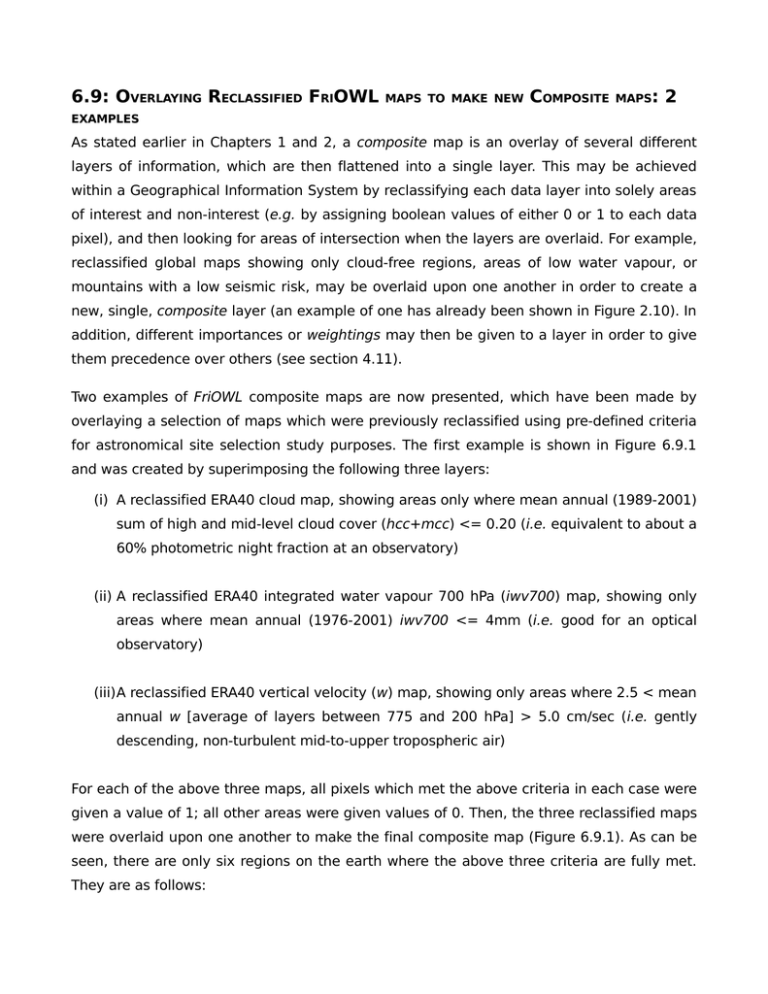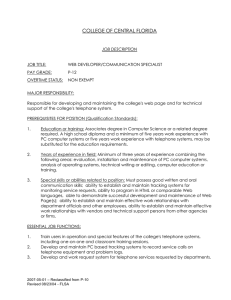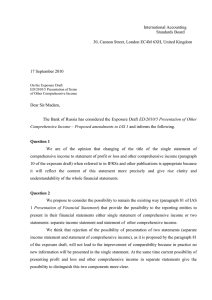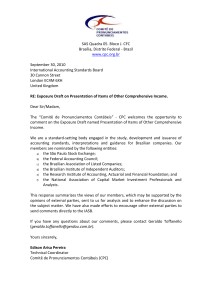As stated earlier in Chapters 1 and 2, a composite map is an overlay
advertisement

6.9: OVERLAYING RECLASSIFIED FRIOWL MAPS TO MAKE NEW COMPOSITE MAPS: 2 EXAMPLES As stated earlier in Chapters 1 and 2, a composite map is an overlay of several different layers of information, which are then flattened into a single layer. This may be achieved within a Geographical Information System by reclassifying each data layer into solely areas of interest and non-interest (e.g. by assigning boolean values of either 0 or 1 to each data pixel), and then looking for areas of intersection when the layers are overlaid. For example, reclassified global maps showing only cloud-free regions, areas of low water vapour, or mountains with a low seismic risk, may be overlaid upon one another in order to create a new, single, composite layer (an example of one has already been shown in Figure 2.10). In addition, different importances or weightings may then be given to a layer in order to give them precedence over others (see section 4.11). Two examples of FriOWL composite maps are now presented, which have been made by overlaying a selection of maps which were previously reclassified using pre-defined criteria for astronomical site selection study purposes. The first example is shown in Figure 6.9.1 and was created by superimposing the following three layers: (i) A reclassified ERA40 cloud map, showing areas only where mean annual (1989-2001) sum of high and mid-level cloud cover (hcc+mcc) <= 0.20 (i.e. equivalent to about a 60% photometric night fraction at an observatory) (ii) A reclassified ERA40 integrated water vapour 700 hPa (iwv700) map, showing only areas where mean annual (1976-2001) iwv700 <= 4mm (i.e. good for an optical observatory) (iii)A reclassified ERA40 vertical velocity (w) map, showing only areas where 2.5 < mean annual w [average of layers between 775 and 200 hPa] > 5.0 cm/sec (i.e. gently descending, non-turbulent mid-to-upper tropospheric air) For each of the above three maps, all pixels which met the above criteria in each case were given a value of 1; all other areas were given values of 0. Then, the three reclassified maps were overlaid upon one another to make the final composite map (Figure 6.9.1). As can be seen, there are only six regions on the earth where the above three criteria are fully met. They are as follows: (1) Just offshore south-west USA and north-west Mexico (2) Just offshore northern Chile, stretching north-westwards (3) Canary Islands (not Morocco) (4) Namibian coast to Saint Helena Island (5) Egypt, the Sinai Peninsula and the Gulf of Aqaba / Eilat (6) Just offshore western Australia Figure 6.9.1: A composite FriOWL-v3.1 map made of three different overlaid layers. The three layers are reclassified maps, composed of 0s and 1s, with the following criteria; (a) mean annual hcc+mcc cloudiness of less than 0.20 (if criteria is met, value = 1; if not, value =0); (b) mean annual iwv700 of 4mm or less (if criteria is met, value = 1; if not, value =0); (c) mean annual mid-to-upper tropospheric velocities of 2.5 to 5.0 cm /sec (if criteria is met, value = 1; if not, value =0). The composite map shown above is the sum of all of these reclassified layers. Thus, pixels with a value of 3 (white) in the above image show areas where all of the aforementioned 3 criteria are met; pixels with a value of 2 (orange) show where 2 criteria are met; pixels with a value of 1 show where only 1 of the criteria are met (green); pixels with a value of 0 (purple) show areas where none of the above criteria are met. In the next example, we increase the range of possibilities to include four more geophysical criteria, giving a total of seven different criteria. The additional criteria are as follows: (iv)A reclassified USGS topographic map, where the surface is > 2000 metres above sea level (i.e. a mountain range or summit) (v) A reclassified aerosol index map, where the mean monthly aerosol index < 0.5 (i.e. little dust) (vi)A reclassified seismic risk map, where 10% peak gravitional acceleration risk < 3 m/sec² within 50 years (i.e. reduced earthquake risk) (vii)A reclassified jetstream windspeed map, where mean annual 200 hPa windspeed < 30 m/sec (i.e. longer coherence time; see Section 1.5.4 for more information) The result of overlaying these seven layers is shown in Figure 6.9.2. Figure 6.9.2: A composite FriOWL-v3.1 map made of seven different overlaid reclassified layers, where the pixels of each reclassified layer have been assigned values of either '0' or '1', depending on the reclassification criteria (as specified in the text). The map shown above is the sum of all of these seven reclassified layers (thus maximum value = 7, minimum value = 0). No pixels in the above map attain a value of 7 or 0. The following pixel colours indicate the number of criteria that are met; white = 6; light-red = 5; dark-red = 4; orange = 3; green = 2, dark-green = 1. As can be seen from Figure 6.9.2, nowhere on earth meets all seven criteria. However, a number of regions meet six of them, these regions are as follows: (1) Just offshore south-west USA and north-west Mexico (2) Just offshore northern Chile, stretching northwestwards (3) Greenland summit plateau (4) Just offshore north Egyptian coast (5) Namibian coast to Saint Helena Island (6) Just offshore western Australia (7) Parts of the Antarctic plateau It is noted that the Canary Islands fail to reach six criteria in this instance, but only because they are subject to high aerosol indices (Saharan dust outbreaks) during the summertime, and the volcanic peaks of La Palma and Tenerife (above 2000 metres elevation) are not resolved at the depicted resolution. Many other composite maps could be created using FriOWL-v3.1, for example by varying the criteria thresholds in each of the climatological maps, by using different climatological maps, or by applying weightings or special importance to some maps over others. The reader is encouraged to experiment with such possibilities at their leisure.




